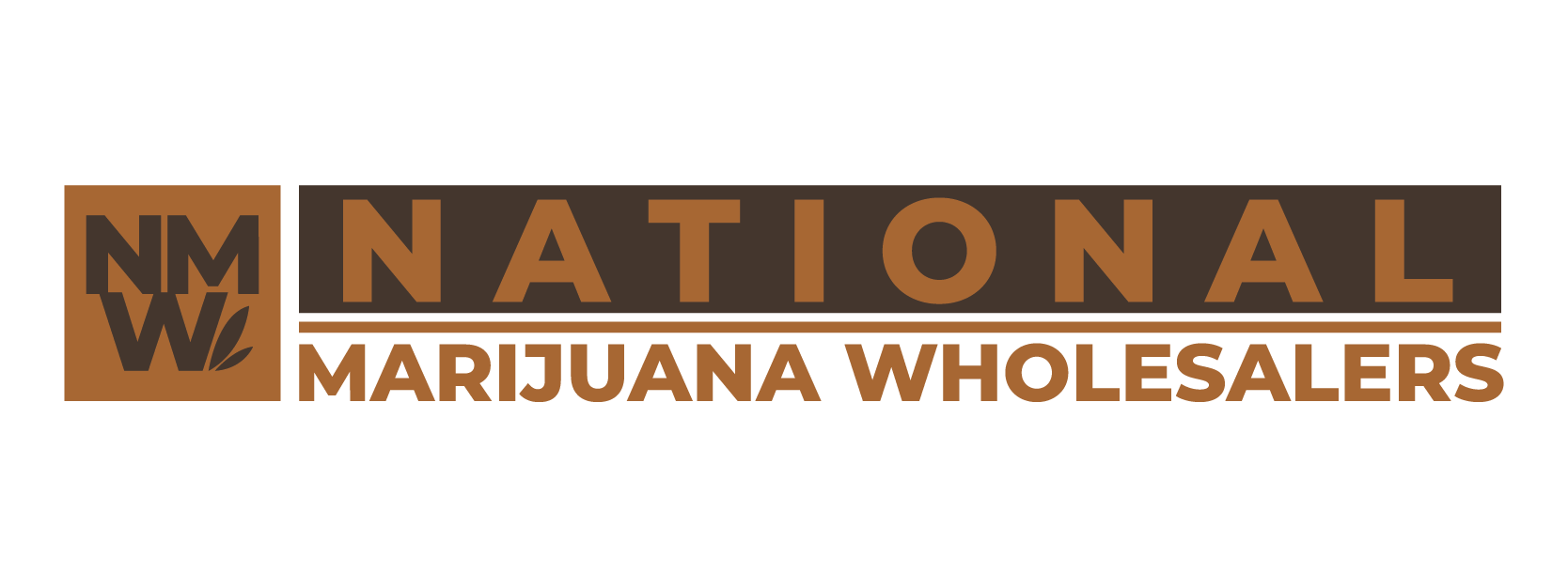State cannabis laws place most of the regulatory burden for packaging and labeling on the licensee that puts product into commerce. In practice, wholesalers and distributors touch that risk every time they accept, relabel, aggregate, or transfer inventory. Across legal states, core obligations recur: child-resistant (CR) packaging, required warnings and universal symbols, accurate potency and batch information, and strict prohibitions on youth-appealing content or unsubstantiated claims. In California, for example, every cannabis package must display the state’s universal cannabis symbol on the primary panel and it cannot be altered other than size; the symbol must be at least 0.5 inch by 0.5 inch. California also publishes detailed “what can’t be on a label” restrictions (e.g., cartoons, false health claims).
Child-resistant packaging is not merely a cannabis convention—it’s anchored in federal consumer safety law. The Poison Prevention Packaging Act (PPPA), administered by the U.S. Consumer Product Safety Commission, defines “special” (child-resistant) packaging and sets performance tests: packages must meet specific child-resistance effectiveness thresholds under 16 CFR 1700.15 and 1700.20. Many states either reference PPPA standards directly or expect equivalent testing reports from suppliers. For wholesalers, that means keeping CR certifications on file for any house-branded or repackaged SKUs and verifying that vendors’ packaging meets PPPA performance criteria before intake.
Label content requirements typically include THC/CBD potency, net contents, ingredient/allergen statements (for edibles), batch or lot number for traceability, manufacturer/distributor name and license number, and mandated warnings. Colorado’s rules illustrate the structure: general labeling applies to any container immediately holding regulated marijuana, with additional use-based rules layered on top; Colorado also requires the state’s universal THC symbol on the front panel and standard warnings.
Symbols and serving-level marks are another compliance hotspot. California requires its universal symbol on the primary panel and, for separable components like a vape cart inside a box, the symbol must also appear on the immediate container; for cartridges and devices, the mark can be as small as 0.25 inch square on the product itself. Several states (e.g., Maine) prescribe minimum symbol sizes and require the mark on each standardized edible serving or its immediate wrapper. Wholesalers who consolidate or kit multipacks must ensure every inner unit remains compliant.
Opaque, tamper-evident, and “plain” presentation—particularly for edibles—is a common theme meant to deter youth appeal. Massachusetts materials specify plain, opaque, tamper-proof, and child-proof containers, and prohibit depictions like cartoons or look-alike candies. Even where language varies, the practical effect is consistent: avoid glossy, candy-mimicking trade dress and keep branding restrained.
California distribution offers a clear example of how these rules shape wholesale operations. The state requires manufactured cannabis products to be in final form—fully packaged and labeled for retail—before a licensed distributor can submit them for regulatory compliance testing. If a label is missing an element (say, an allergen disclosure) after production, a distributor cannot legally “fix it later” post-test; the lot will need to be reworked and re-tested, delaying releases and increasing costs. Robust pre-intake checks and vendor SOP audits are therefore essential wholesale controls.
Do these regulations restrict wholesalers operationally? Yes—but they also standardize quality and reduce downstream risk. Constraints show up in several ways:
- Intake gatekeeping and documentation. Wholesalers must verify CR certifications, symbol usage, warning language, and batch/traceability fields at receiving. Missing or nonconforming elements often force holds and corrective relabeling, with potential re-testing in states like California.
- Multi-state complexity. Because rules are state-specific (symbols, sizes, warnings, recycling statements), national wholesalers face SKU proliferation or state-specific sleeves/labels. Maintaining a living matrix of state requirements and locking artwork by state prevents costly cross-ship errors.
- Kitting and repack. When creating value packs or sampler kits, inner units must retain required marks; some states also require the outer kit to repeat all core elements. Operationally, that means dedicated QA checks for inner/outer compliance and careful line clearance to avoid label mix-ups.
- Product design and vendor selection. If a vendor’s packaging fails PPPA testing or lacks documentation, wholesalers may be unable to carry the line without rework. Building approved-packaging lists with PPPA-compliant formats (tested under 16 CFR methods) removes friction.
- Education and change management. States update label rules (e.g., symbol specs, new warnings). Assigning a compliance owner, subscribing to regulator updates, and running periodic line audits reduces surprise nonconformances. (California’s DCC maintains current checklists and reminders on CR packaging and label placement.)
Practical takeaways for wholesalers
- Treat label/packaging review as part of quality release—not an afterthought.
- Keep PPPA/CR test reports and state symbol files on hand for audits.
- Build state-by-state label templates and lock them in a version-controlled system.
- Before accepting a new vendor or SKU, run a label “mock audit” against the destination state rule.
- For California and similar regimes, confirm “final-form before test” status to avoid rework.
Together, those practices convert regulatory constraints into predictable workflows that protect sell-through and brand integrity.
